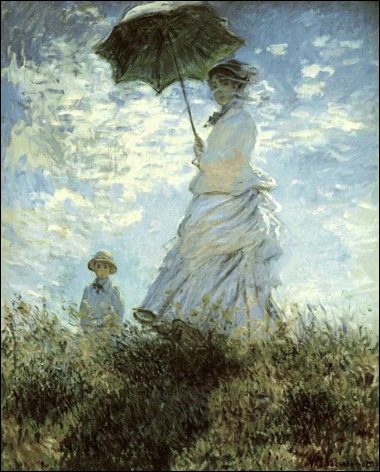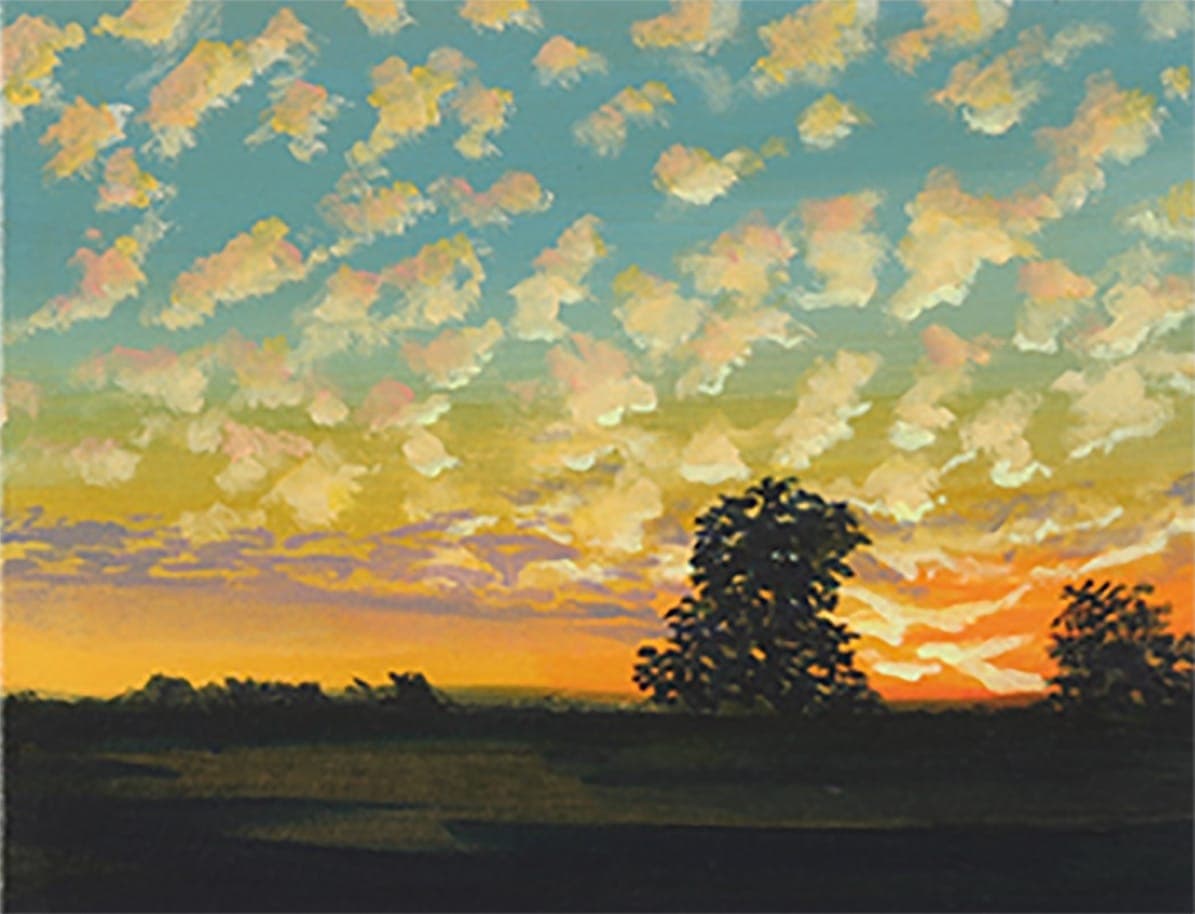The Art of Plein Air
The act of plein air painting is leaving the four walls the studio behind. Artists experience painting and drawing in the landscape. The practice goes back for centuries. However, French Impressionists’ initiated the revival of the platform in the 19th century turning it into a trend. Their desire to paint light and its changing and ephemeral qualities brought nature back to the forefront. This coupled with the invention of transportable paint tubes and the box easel—the precursor to the plein air easels of today—allowed artists the freedom to paint “en plein air,”.

Plein air painters use different techniques to capture the essence of the landscape. Blueprints or sketches allow painters to improve the overall design of their paintings. They also help the artist quickly capture color notes in the landscape. Often an open-air painter can use photography to help design a painting. However, they usually come into play after the artist has left the outdoor site for the studio. An artist often utilizes photographs to capture details. Much like the particular texture of grass or the shape of a river bend. However, most painters stay away from using photographs for color and value indicators.
Today, Plein air painting is a flourishing trend in the art world. Considering that the overall landscape of our world is changing rapidly. Landscape painters are finding that painting in the open as a rewarding and powerful experience. Much like the plein air painters of the past.
Advocates of Plein Air
Artists have long painted outdoors, but in the mid-19th century, working in natural light became particularly important to the Barbizon school, Hudson River School, and Impressionists.

The first instance of painting outdoors in the 19th century was In 1830, the Barbizon School in France, inspired by John Constable. This school of thought and art enabled artists like Charles-François Daubigny and Théodore Rousseau to more accurately depict the appearance of outdoor settings. Doing so in various light and weather conditions. Incorporating the Impressionists’ style during much of the late 1800s. Artists such as Claude Monet, Pierre-Auguste Renoir, and Edgar Degas began creating their work outdoors. The movement quickly took root all around the world and swiftly took ground in America. The movement in the United States began in California however, hurried across that states to other locales notable for their natural light qualities. Including the Hudson River Valley in New York.
During the second half of the nineteenth century, The Macchiaioli group of Italian painters active in Tuscany continued the tradition. Breaking with the antiquated conventions taught by the Italian academies of art they took to the outdoors to practice their craft. Doing so in order to capture natural light, shade, and color. While this practice is closely related to the French Impressionists who came to prominence a few years later, the Macchiaioli used their art for slightly different purposes. This movement truly took hold in Florence in the late 1850s.
Artists then v. Now

French impressionist painters such as Claude Monet, Camille Pissarro, and Pierre-Auguste Renoir were the master of the plein air movement. Consider how much of their work was done outdoors in the diffuse light of a large white umbrella. Claude Monet was an avid en plein air artist who deduced that to seize the closeness and likeness of an outside setting at a specific moment one had to be outside to do so rather than just paint an outside setting in their studio.
Today the plein air movement is the biggest it’s ever been. Surely, artists are inspired once again by the beauty that is outside. Especially throughout the calm richness of the summer months. Capturing the lavishness around us. Artists are choosing again to abandon the confines of the studio to search out imagery around them.